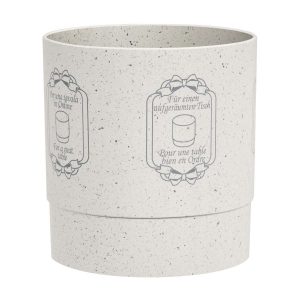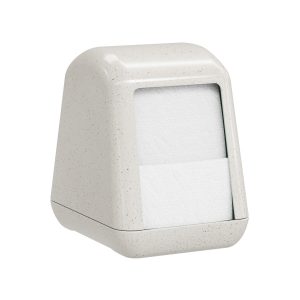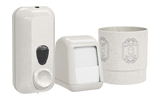“From the cradle to the grave” is a saying that refers to promises and everything that establishes a perpetual bond between people. It can refer to various things because the path it traces tells of a duration that goes beyond the materiality of existence and encompasses it all in a holistic sense. However, it is destined to come to an end.
It was from this starting point, but turning it around, that Michael Braungart and William McDonough, now twenty years ago, released a manifesto book called “Cradle to Cradle.” In this essay, they explained how it is possible to combine and connect aspects of development, environmental protection, and social justice in the field of design and creativity.
The fundamental principle proposed by the authors is that various products should be designed and created by valuing the biological cycle to create objects – or design environments, artifacts, urban solutions – that are increasingly environmentally compatible. “Cradle to Cradle” is the foundation of all reflections on ecodesign today.
Contrary to common belief, ecodesign – or “eco design” – does not only involve the creation of products in sustainable materials but is characterized by the idea that a particular product can have a life even after the purpose for which it was made has expired.
Regulations on sustainable design
The proposal has had a significant impact in recent years. Like all impactful ideas, green design (or “sustainable design”) has also found the need to be regulated to prevent misuse. In our case, we have the European Directive 2009/125/EC – which concerns products that use some form of energy – the ISO 14006:2020 standard – which defines environmental management guidelines – and Directive 2018/851 regarding waste disposal.
The six principles of ecodesign
- Use of recycled and recyclable materials, produced sustainably and with clean energy.
- Energy efficiency in the production processes.
- Long-term durability of products to reduce waste production.
- Design capable of ensuring a second life for the product.
- Minimal presence of different materials to facilitate disassembly and recycling.
- Use of renewable resources, preferably local, managed responsibly and compostable in production.
Our sustainable furniture
The company’s commitment to eco-design and sustainable furniture is present in many of the Mar Plast collections.
The Skin Sand&Stone line, for instance, transforms public bathrooms into modern and welcoming spaces through eco-friendly design solutions. These products are made from recycled plastic, both pre and post-consumer, and are designed with the goal of minimizing space requirements and, consequently, maximizing material savings.
And what about the Woodplastic line? It consists of a range of products made from a hybrid material combining plastic pellets and wood processing residues, all worth seeing. You can download the brochure for this line from our website.
In summary, MarPlast’s focus on eco-addicted design has been consistent over the years, giving rise to a series of functional and refined products that utilize innovative production techniques and processes: cradle to cradle.
















